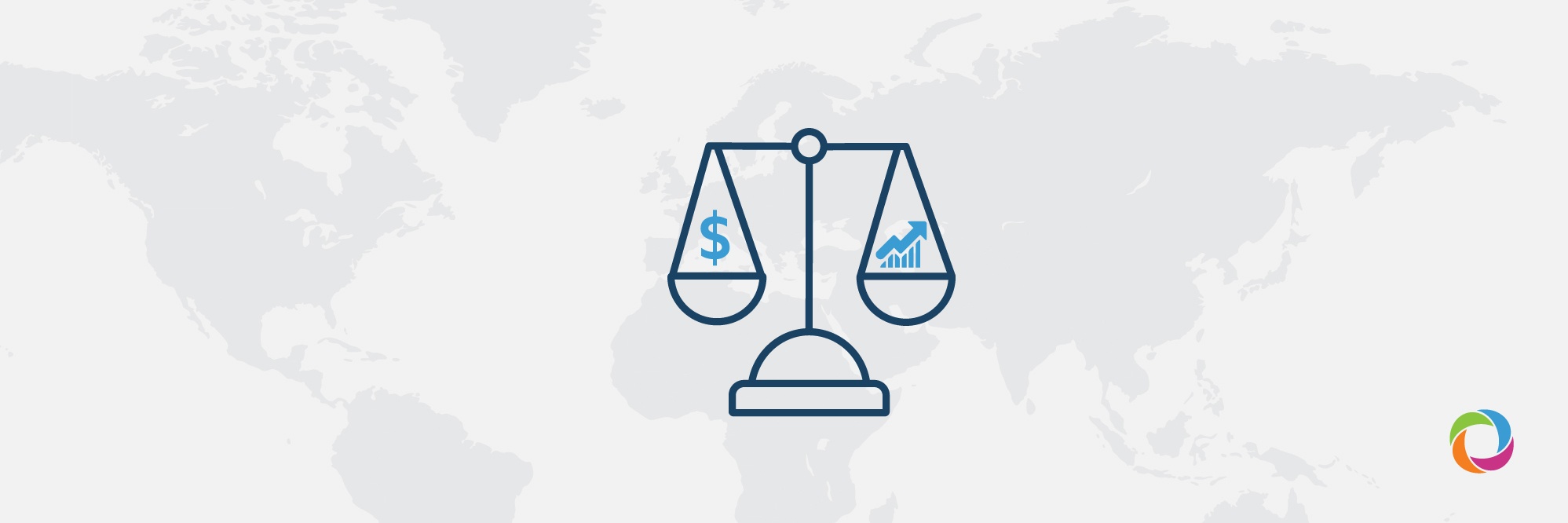Sustained economic growth, job creation and greater tax revenues for governments are the obligatory components of future development progress in low- and middle-income countries. In theory, all those targets are achievable by means of a properly supported private sector which operates in an investment- and business-friendly environment. But what is the best way to support the private sector and which organizations should become more involved in this process? DevelopmentAid launches a series of articles about the role and activity of Development Finance Institutions (DFIs). What are DFIs? What funds do they administrate and why are they important as drivers of the international development sector? You will find the answers in the following article.
What are DFIs?
Development Finance Institutions (DFIs) are financial entities, controlled by governments, which invest in private sector projects in low- and middle-income countries. They are either multilateral or bilateral organizations that are continuously in search of commercially sustainable projects in developing countries, often jointly with private investors.
DFIs are oriented to ensure that the investments they make are profitable and sustainable. Some voices raise concern regarding this so-called fixation on profit generation but the argument for this model is ‘sustainability’. In some sectors, such as energy and infrastructure, improving a certain situation without a private market player being involved in the process would almost certainly not be sustainable.
However, identifying a private owner of the business-model developed during the intervention – as is in case of a DFI-financed project – might be the key factor of the sustainability of the activity.
The Organization for Economic Cooperation and Development (OECD) mentions 17 of the most important bilateral DFIs: 15 European DFIs, members of the European Development Financing Institutions Association (EDFI), The Overseas Private Investment Corporation (OPIC) from the United States and FinDev from Canada.
Why are DFIs important?
The profit-oriented approach preferred by DFIs in their activity is strengthened by a clear theory of change. Thus, through co-participating in investment projects and offering financing to private-sector structures, DFIs can produce direct contributions – jobs, economic growth and increased taxes. These contributions have wide developmental impacts.
The importance of DFIs is also underlined by the enormous financing needed to reach the SDGs – trillions of US dollars, according to some opinions.
Official Development Assistance (ODA) alone will never reach this level. Therefore, a mix of aid, domestic government spending and private-sector involvement is needed to achieve the desired results. Thus, the importance of the private sector in achieving long-term sustainable economic growth opens the door for DFIs to become involved. Extreme poverty will not be eradicated by 2030 without jobs, economic growth and increased local tax revenue – all development outcomes produced by investments from DFIs.
What is the impact of DFIs’ activity?
In financial terms, the overall portfolio of commitments of the 17 most important DFIs exceeded US$72.3 billion at the end of 2018, in more than 5600 investments.
DFI’s creditworthiness, explained by their ownership structure where governments hold the majority share, and the fact that they source their capital from national or international development funds (or benefit from government guarantees), allows them to raise large amounts of money from international capital markets and provide financing on very competitive terms.
In their activity, DFIs use different investment tools including equity or quasi-equity instruments, debt instruments, loans and loan guarantees and risk insurance.
DFI’s contribution to development outcomes may seem to be hard to track because of the nature of the investment which may last for an extended period of time (3, 5 or 10 years). Usually, a DFI reports about the impact and contributions that private sector projects have made to development outcome. The most important impacts are considered to be job creation, tax revenues in developing countries and social and business outcomes. For example, the EDFI – Association of the European DFIs – reported 4.3 million jobs had been created throughout 2018, 80 TWh of electricity was generated during the year and €12.8 billion in tax contributions were paid to governments.
Which sectors represent greater interest for DFIs?
Generally, DFIs focus on key sectors that are underfinanced by the private financial systems. Such sectors may be trade, infrastructure, energy and SMEs.
The financial and industry (power) sectors are the most interesting to European DFIs with 31% and 23% of the commitments awarded there. OPIC, the US Development Financial Institution, has its portfolio dominated by the finance (banking) sector, followed by SME support and communications, according to the latest OECD data available. In 2018, the first year of its activity, Canadian FinDev focused on “green growth and women’s economic empowerment”, investing US$30 million in the provision of solar energy and an innovative blended finance platform.
Interested in the topic of DFIs? Stay tuned for our next article about FinDev Canada – the newly created agency aimed at bringing financial strength to businesses in developing markets. You can always subscribe to DevelopmentAid Newsletter here.

